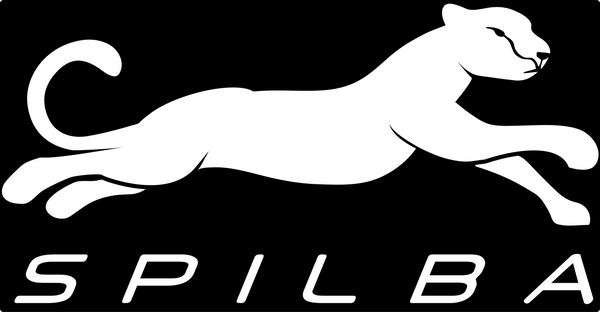It is very important to talk with your engine tuner and conduct tests to answer this question more precisely. The ideal value depends on the engine and racing strategy, but keeping the mixture slightly rich is key to maximizing power and protecting the engine. Below is a guide with the most common ranges:
✅ Naturally Aspirated Engines:
0.88 - 0.92λ → Maximum power without compromising efficiency.
0.84 - 0.87λ → More thermal safety in high-demand engines.
✅ Gasoline Engines with Turbo and High Boost:
0.80 - 0.88λ → Maximum power.
0.75 - 0.79λ → Safe range (avoiding detonation and high temperatures).
✅ Methanol Engines with Turbo or Supercharged:
0.66 - 0.72λ → Balance between power and thermal safety.
0.61 - 0.65λ → Protection against detonation and additional cooling.
⚠️ Considerations for Gasoline Engines:
A lambda below 0.78λ can cause carbon build-up and loss of efficiency.
A lambda above 0.95λ can lead to detonation in high-performance engines."


































